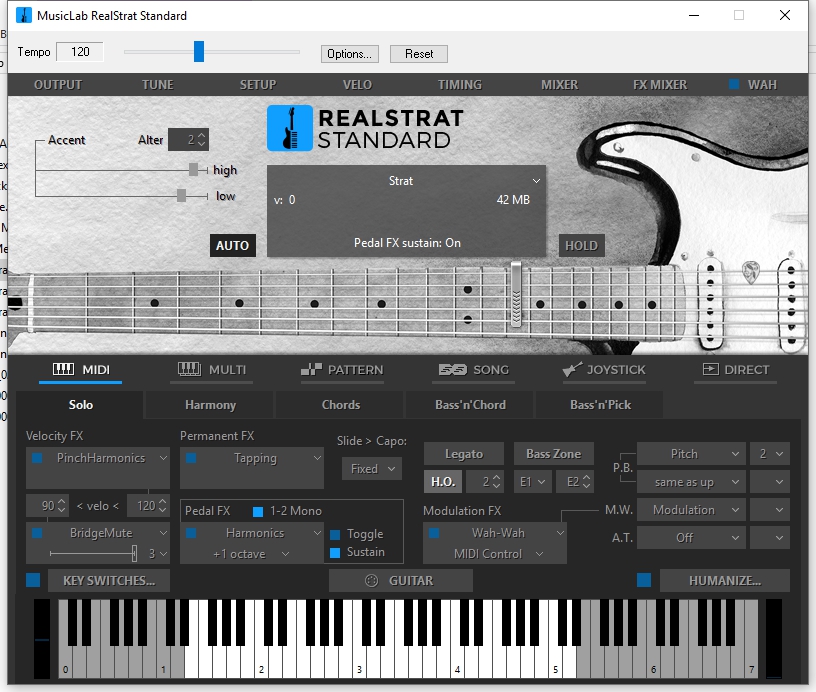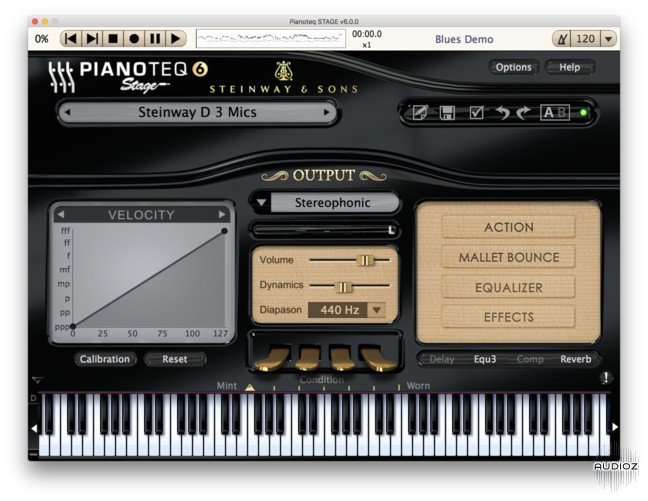
However, it would be unusual on a real-life 12-string for the relative tuning of string pairs to vary so randomly, either with repeated notes or fret position. This is largely due to the round-robin randomisation of samples, a feature of all the ‘Real’ instruments, designed to eliminate the machine-gun effect and to add naturalistic tonal variations to the sound. These are organised in Banks, so you can create different sets of voicings to suit specific songs.One issue that should be mentioned is the inconsistency of the 12-strings’ octave/unison tuning, both up and down the fretboard and when repeatedly playing single notes. Optional custom chord voicings can be created and saved, replacing the factory default voicings. The sustain’s stereo configuration is also unusual, having the two strings that make up the octaves and unisons panned left and right, rather than the Rick-O-Sound panned pickups that you might expect nevertheless it’s an interesting effect. Clearly this reduces the sample memory otherwise required, but it is a somewhat strange effect leaping from stereo to mono whenever you change to a non-sustain articulation, especially in headphones. However, the implementation of the stereo is somewhat unusual, being confined to the main sustain sound: all other sounds (mutes, scrapes, fret noises, etc.) are in mono, and identical to those of the six-string.

The stereo A and B 12-strings have the same tunings as the mono versions. The B version differs in having string four (G) tuned in unison.

The A version has the lower four strings (E, A, D, G) tuned in octaves and the upper two (B, E) tuned in unison. 12-String A and 12-String B offer variations on the octave/unison tuning of the string pairs.


 0 kommentar(er)
0 kommentar(er)
